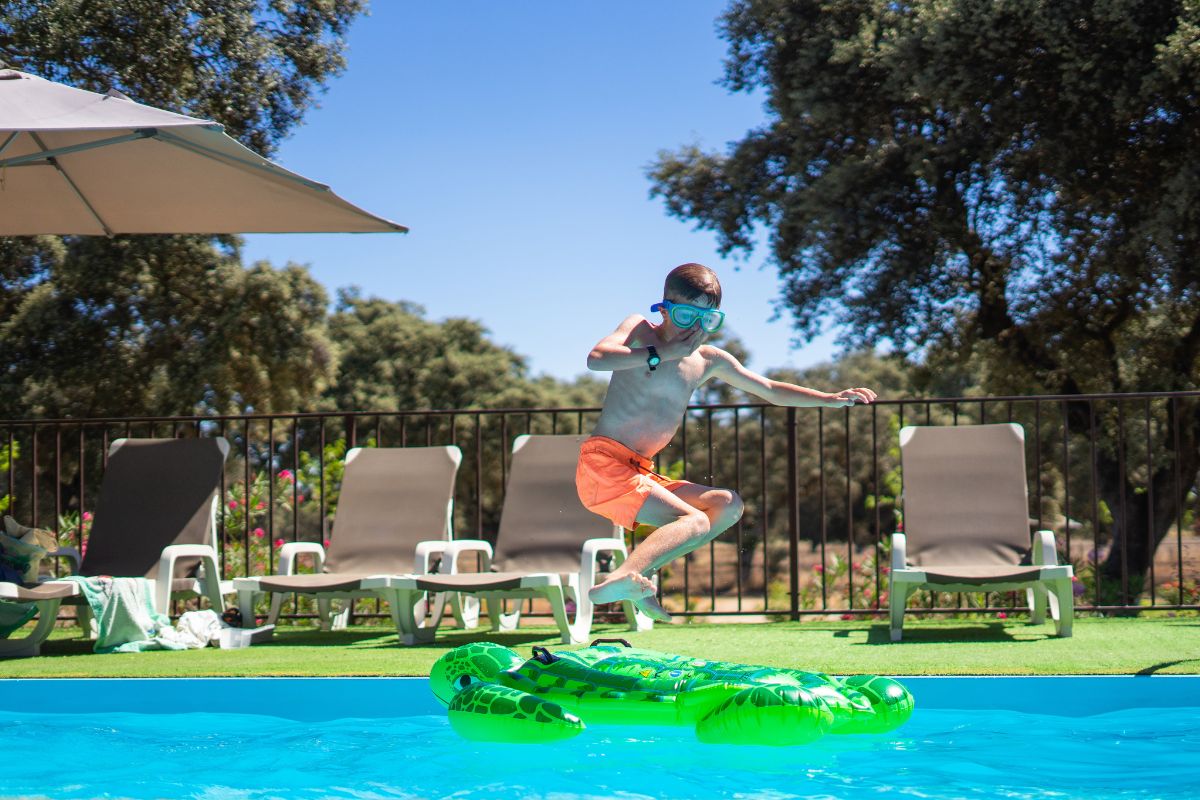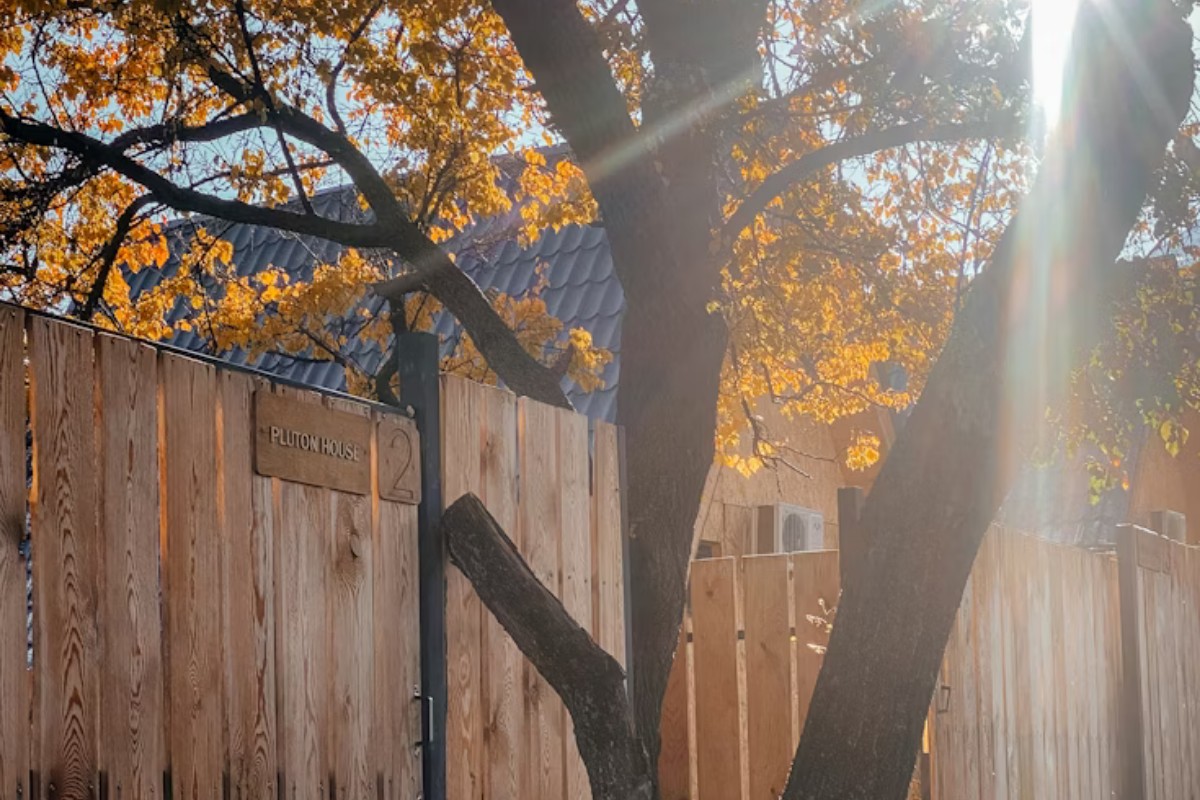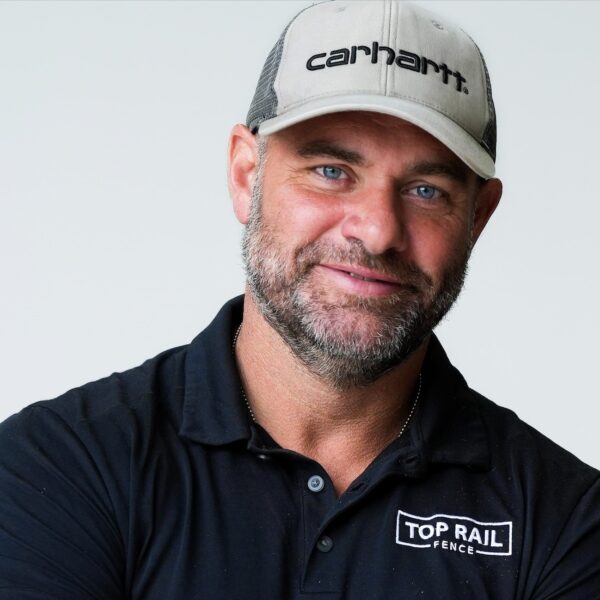A pool can be the centerpiece of your outdoor space, offering enjoyment and relaxation for your family and friends. However, ensuring safety around the pool is a top priority. Reliable pool fence regulations are designed to protect your loved ones, especially young children, and to safeguard your investment. As a homeowner or property manager, taking the time to understand these requirements is the first step toward a secure and compliant pool environment. Below, we provide a clear overview of the most common pool fence regulations so you can move forward with confidence.
Why Pool Fence Regulations Matter
Prioritizing safety isn’t just about peace of mind—it’s about protecting those who matter most. Regulations for pool fencing are specifically created to reduce accidental pool access and prevent tragic incidents. According to the CDC, drowning is a leading cause of accidental death for children aged 1-4. Investing in a quality pool fence does more than comply with the law; it creates a dependable barrier, giving adults the crucial moments needed to respond if a child enters the area unsupervised. Compliance also protects you from potential legal or insurance issues, reinforcing your commitment to responsible pool ownership.
Key Pool Fence Regulations
While requirements may vary by municipality, several core features often appear in local and state codes. Here’s what you should look for to ensure lasting safety and satisfaction:
1. Minimum Fence Height
A properly sized pool fence forms the cornerstone of safety. Most local codes require pool fences to stand between 4 feet (48 inches) and 5 feet (60 inches) high. The right height ensures that children cannot climb over the barrier.
- Flat yards: 48-inch fences usually meet requirements.
- Sloped or shared spaces: A taller fence—60 inches or more—may be necessary.
Before building, always check local guidelines to find the exact minimum for your property and avoid unnecessary rework.
2. Self-Closing and Self-Latching Gates
Your gate is a gateway to both ease and safety. Regulations frequently specify:
- Self-closing mechanisms: Gates should return to a closed position automatically to prevent accidental access.
- Self-latching features: Latches must be firmly secured—typically on the pool-facing side—and positioned out of reach of small children.
Choosing hardware designed specifically for pool safety adds durability and peace of mind, even in heavy-use or harsh weather conditions.
3. Minimal Gaps and Clearance
A secure fence leaves no easy way through or under. Key requirements generally include:
- Vertical spacing: Pickets, balusters, or mesh should be close enough that a child’s head or body cannot slip through—often, no more than 4 inches apart.
- Bottom clearance: The lower edge of the fence should rest within 2 inches of solid ground to block gaps where children could crawl underneath.
Opt for robust, low-maintenance materials to maintain consistent protection year after year.
4. No Climbable Elements
A quality fence design keeps safety at the forefront:
- No exterior rails or protrusions: Horizontal supports must be on the pool-facing side to eliminate climbing footholds.
- No decorative ladder-like features: Avoid lattice, cutouts, or other elements that might compromise security.
If a particular aesthetic is important to you, consult experts to find solutions that blend style with code-compliant safety.
5. Visibility and Line of Sight
Effective pool fencing allows you to supervise the area easily:
- Visual access: Many codes encourage open designs—such as vertical pickets or secure mesh—so you can see into the pool area from the outside.
- Privacy panels: Some communities permit privacy walls if essential safety features are still accessible and visibility for supervision is maintained.
Discuss your privacy preferences with a trusted contractor like Top Rail Fence Chattanooga to achieve the right balance of safety and style.
Tips for Compliance
Enhance both safety and quality with these steps:
- Review local codes: Each region may have unique standards. Confirm the specifics with your town or HOA before starting your project. For example, check out the local pool code regulations for Chattanooga.
- Schedule routine inspections: Gates, latches, and fence stability should be checked regularly to maintain top performance.
- Work with pool fence experts: Experienced installers like the team at Top Rail Fence ensure every detail meets the highest standards for safety, reliability, and customer satisfaction.
Final Thoughts On Pool Fencing
A pool fence is more than a boundary—it’s a commitment to safety, quality, and the well-being of everyone on your property. By understanding and following essential pool fence regulations—from minimum heights to self-closing gates and beyond—you’re taking a responsible step to protect your family, guests, and investment.
For additional guidance or customized solutions, reach out to Top Rail Fence Chattanooga who understands the full scope of pool safety requirements. Putting regulation-backed safeguards in place means you can enjoy your pool with reassurance and confidence, season after season.
Recent Posts
- Why Fort Worth Homeowners Are Installing Fences in Fall (And You Should Too)
- Fall Fence Installation in North Dallas: Why Now is Your Perfect Window (Before Winter Hits)
- The Fall Fence Secret: Why Most Greater Dallas Homeowners Wait (And Why You Shouldn’t)
- Expert Tips for a Smooth Fence Installation in Des Moines



